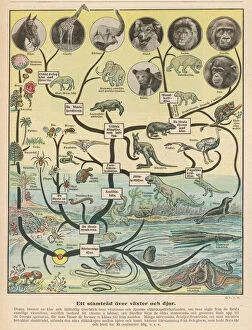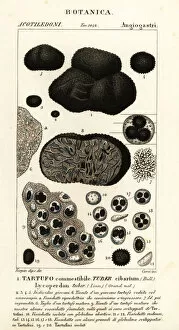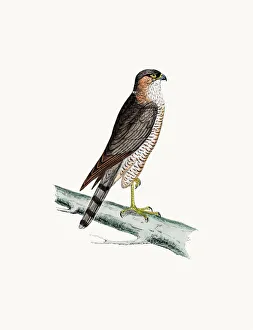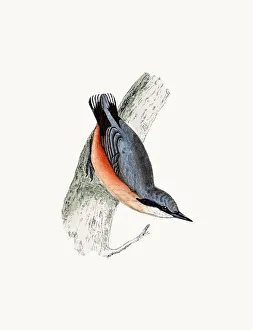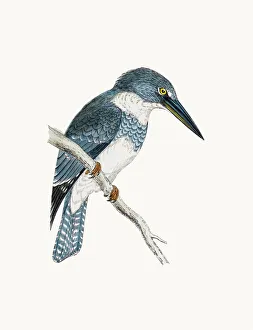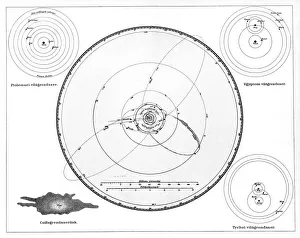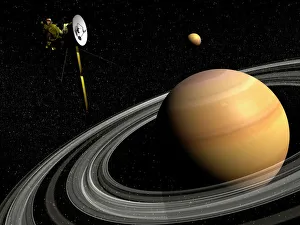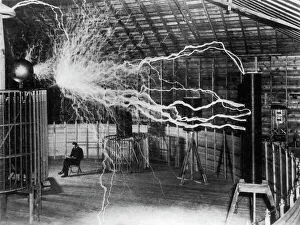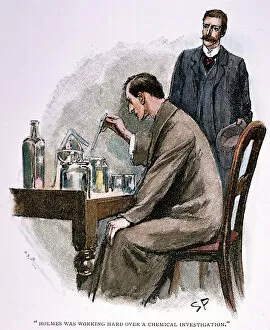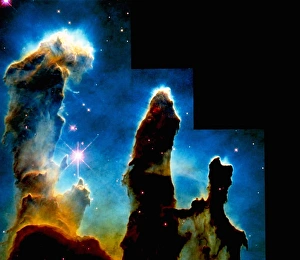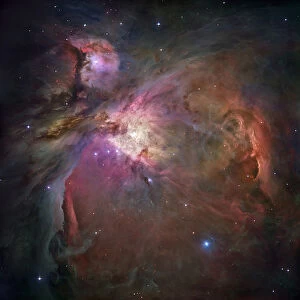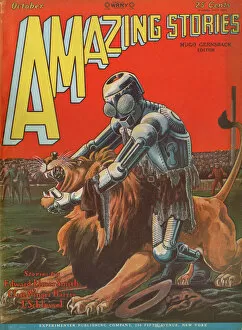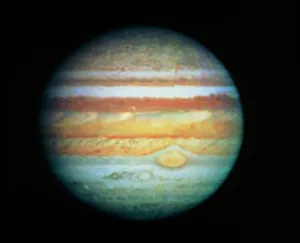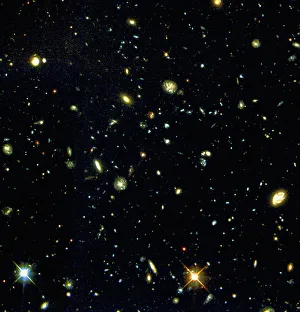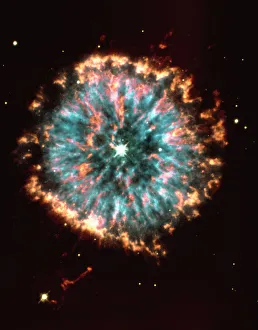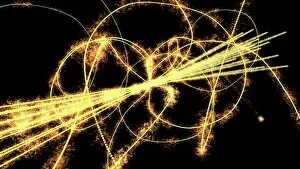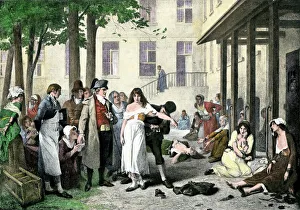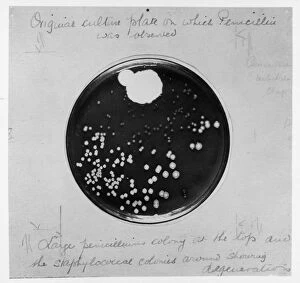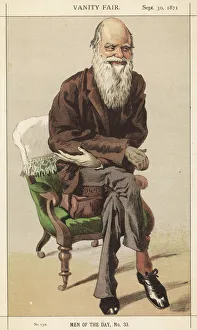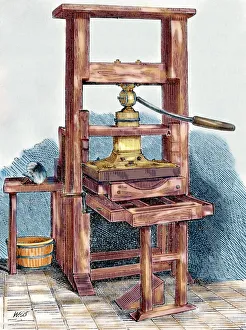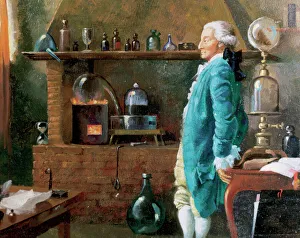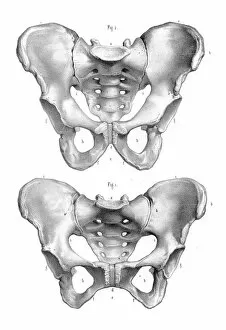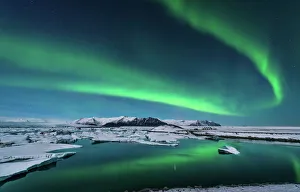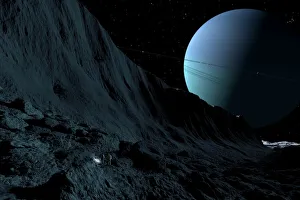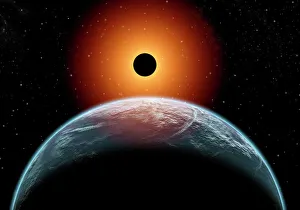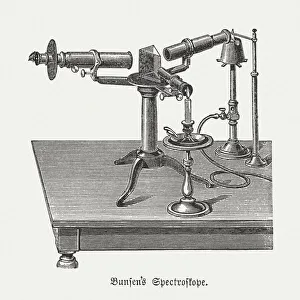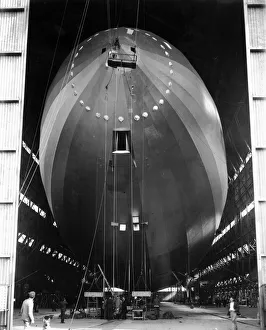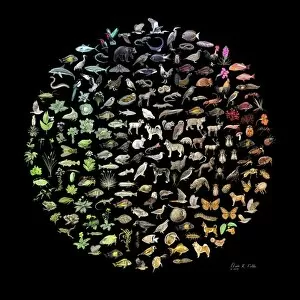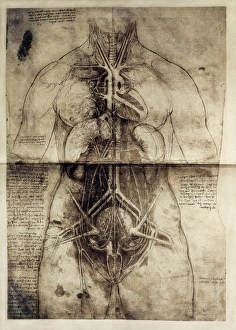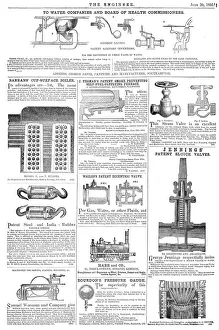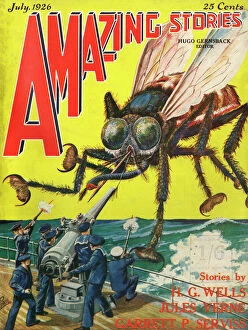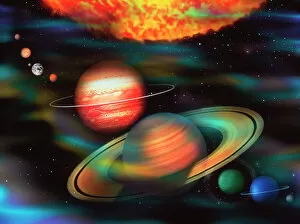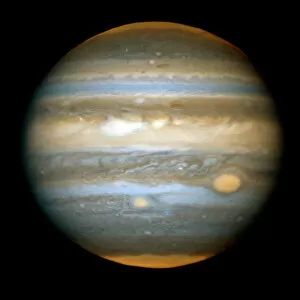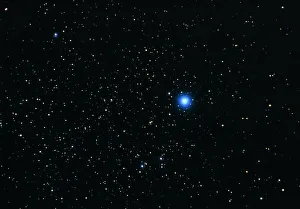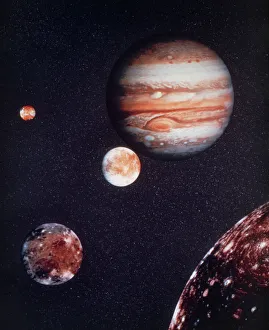Science Collection (page 3)
Science, the gateway to unraveling the mysteries of our universe, has always captivated humanity's curiosity
All Professionally Made to Order for Quick Shipping
Science, the gateway to unraveling the mysteries of our universe, has always captivated humanity's curiosity. From the awe-inspiring 1919 solar eclipse that confirmed Einstein's theory of general relativity to the mesmerizing Hubble Space Telescope view of nebula NGC 604, science continues to push boundaries and expand our understanding. Gazing up at the night sky, we find solace in familiar constellations like The Plough asterism in Ursa Major or Orions belt, connecting us with ancient civilizations who marveled at their celestial beauty. But science is not limited to space exploration alone; it delves deep into every aspect of life. It celebrates pioneers like Rosalind Franklin, whose groundbreaking work on DNA structure paved the way for modern genetics. Venturing back into space, we witness breathtaking images from the Hubble Ultra Deep Field galaxies that remind us how vast and diverse our cosmos truly is. Meanwhile, discoveries such as MAP microwave background shed light on cosmic origins and help shape theories about our existence. Intriguing formations like the Pillars of Creation or gas pillars in the Eagle Nebula showcase nature's artistic prowess while reminding us of its immense power and ability to create wonders beyond imagination. It also intertwines with history as we explore Tesla's experiments in 1899 or delve into geological strata from centuries past. These glimpses into our scientific heritage provide valuable insights into technological advancements and Earth's ever-changing landscape. Zooming closer to home, human anatomy reveals intricate details about ourselves - from a backbone including ribs and pelvis that supports our bodies' framework to complex systems working harmoniously within us. Ultimately, science serves as a beacon guiding humanity towards knowledge and progress. Its quest for truth unites people across borders and generations as we strive together towards a better future fueled by curiosity and discovery.

